|
Eupeodes luniger ?
|
|
| Robert Heemskerk |
Posted on 04-03-2021 09:28
|
|
Member Location: Posts: 2082 Joined: 17.10.05 |
Hi Diptera's Yesterday I found this kind of syrphidae, in a bucket of water. I was wondering If ID could be possible from these pictures? (I could not make a good topview) Place: Netherlands, Almere Date: 3-03-2021 Greeting Robert Greeting, Robert Heemskerk ---- WWW: http://robertheem...ndedag.htm --- |
|
|
|
| Robert Heemskerk |
Posted on 04-03-2021 09:33
|
|
Member Location: Posts: 2082 Joined: 17.10.05 |
and another view
Greeting, Robert Heemskerk ---- WWW: http://robertheem...ndedag.htm --- |
|
|
|
| Juergen Peters |
Posted on 04-03-2021 19:11
|
|
Member Location: Posts: 13502 Joined: 11.09.04 |
Hello Robert, yes, Eupeodes luniger (markings do not reach edges of tergites). That species seems to overwinter as an adult in the last few years. Last year I found one in early February. Best regards, Jürgen -=-=-=-=-=-=-=-=-=-=-=-=-=-=-=-= Juergen Peters Borgholzhausen, Germany WWW: http://insektenfo... -=-=-=-=-=-=-=-=-=-=-=-=-=-=-=-= |
|
|
|
| Ectemnius |
Posted on 04-03-2021 22:46
|
|
Member Location: Posts: 845 Joined: 22.11.11 |
Hi Robert & Jürgen "markings do not reach edges of tergites" does not hold up when examining Dutch material of early spring Eupeodes. These blacker than normal specimens belong to Eupeodes corollae. There are lots, certainly last years, specimens of a winter generation. They lack the typical chromatic distinctive features of E. corollae. A recent example is this female: https://waarnemin...443544.jpg There are very few sighting of E. luniger this early in the year in the Netherlands. Kind regards, Ectemnius |
|
|
|
| Juergen Peters |
Posted on 05-03-2021 17:53
|
|
Member Location: Posts: 13502 Joined: 11.09.04 |
Hello Ectemnius, Ectemnius wrote: "markings do not reach edges of tergites" does not hold up when examining Dutch material of early spring Eupeodes. These blacker than normal specimens belong to Eupeodes corollae. interesting! According to my observations Eupeodes corollae is a mostly summer species here in northwest germany - if I identified them correctly... (I find especially the males rather distinctive). All Eupeodes from late autumn or late winter showed the character I counted on ("markings do not reach edges of tergites"). And I never saw a typical E. corollae male that late or early. Here are some females I found outside the "normal season". So they all are Eupeodes corollae? February 06th, 2019: 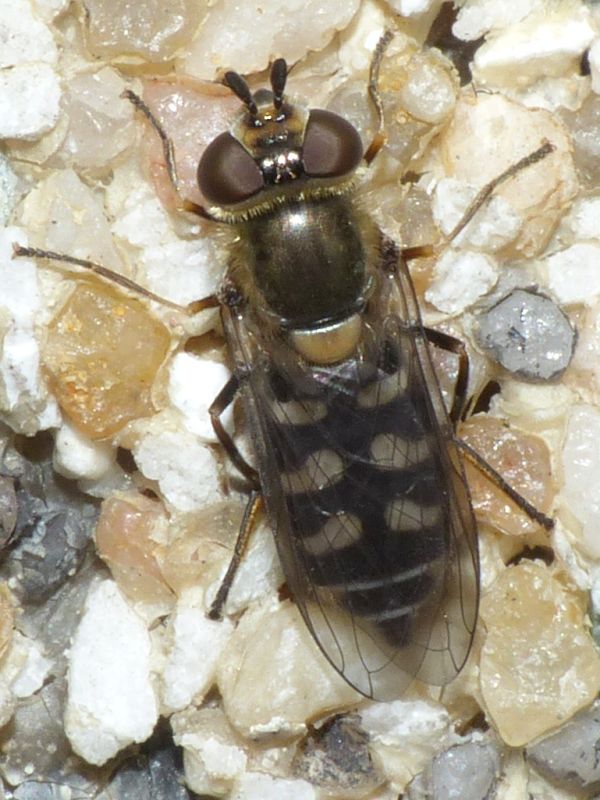 February 25th, 2019: 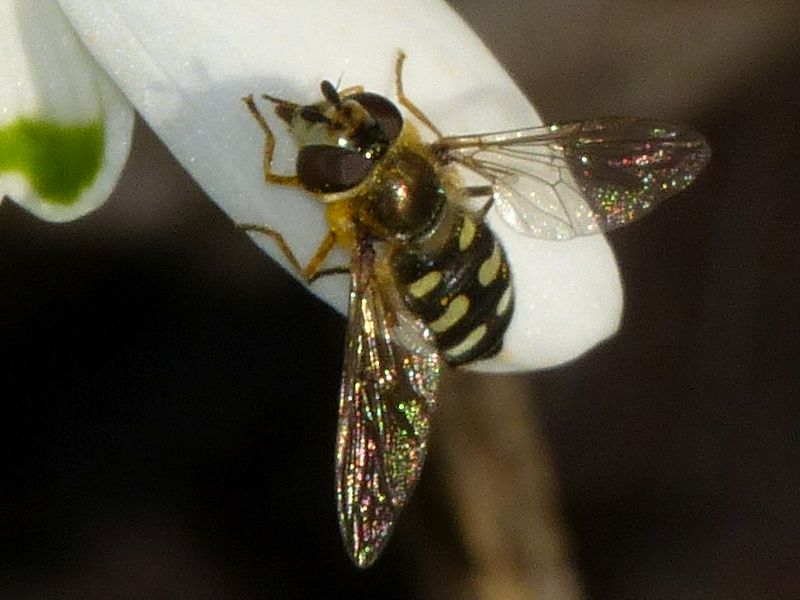 October, 22nd, 2018: 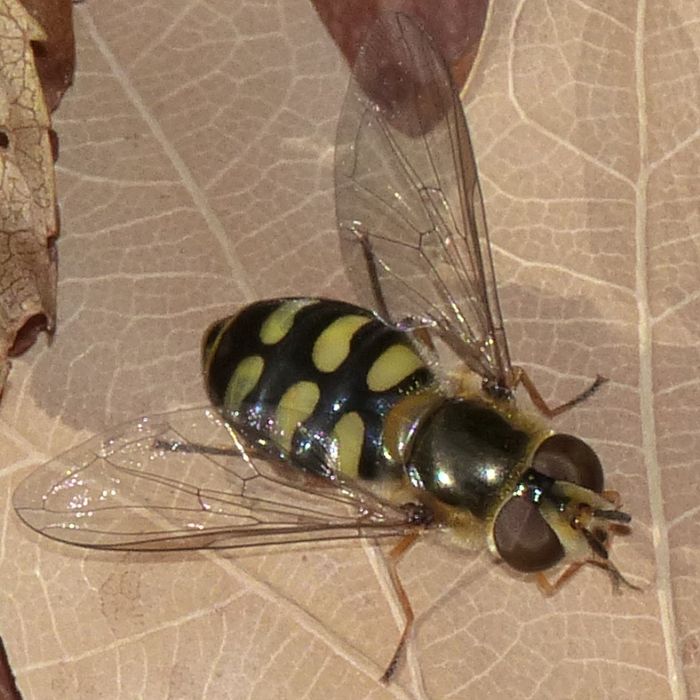 November, 16th, 2018: 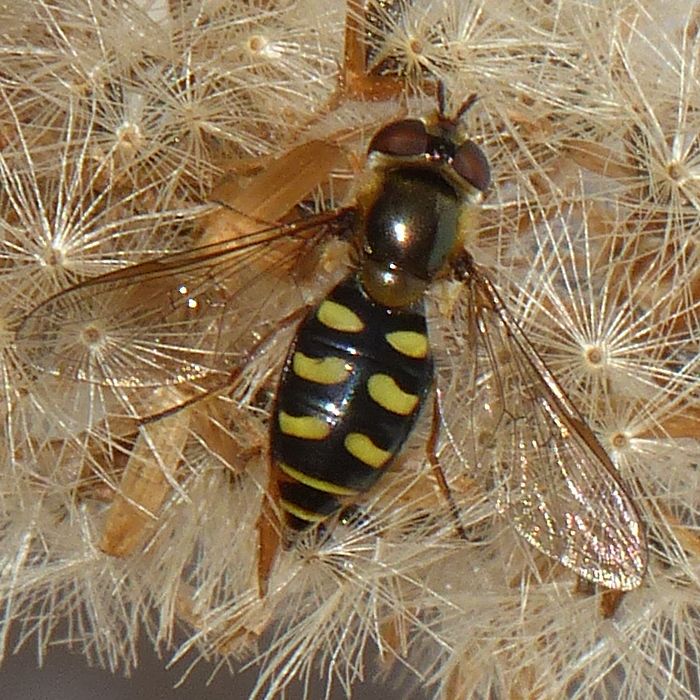 November, 18th, 2020: 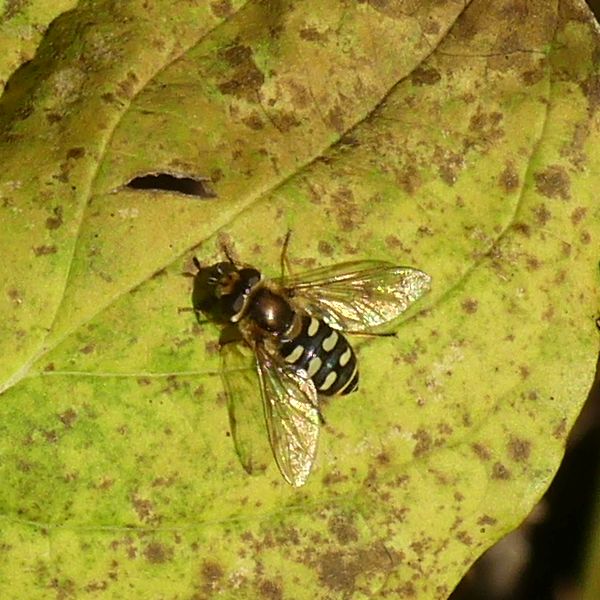
Best regards, Jürgen -=-=-=-=-=-=-=-=-=-=-=-=-=-=-=-= Juergen Peters Borgholzhausen, Germany WWW: http://insektenfo... -=-=-=-=-=-=-=-=-=-=-=-=-=-=-=-= |
|
|
|
| Jump to Forum: |














 but don't see the image in the post.
but don't see the image in the post.
